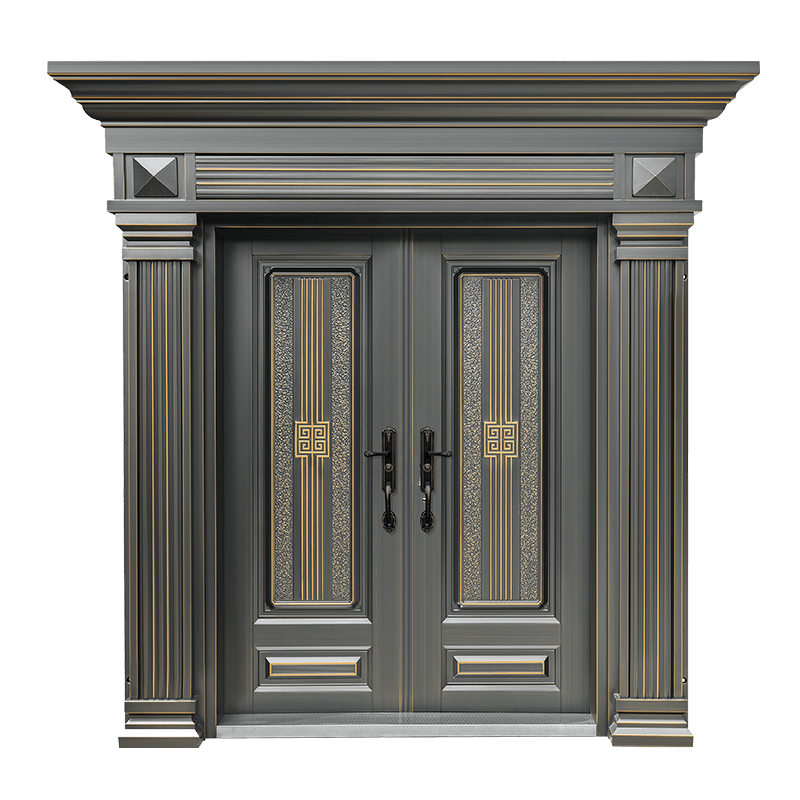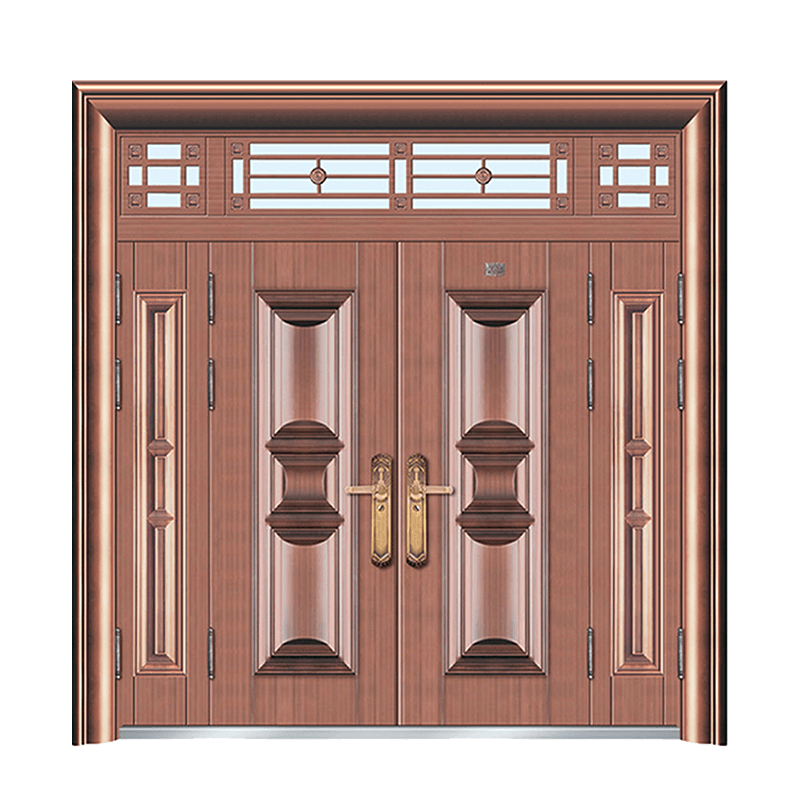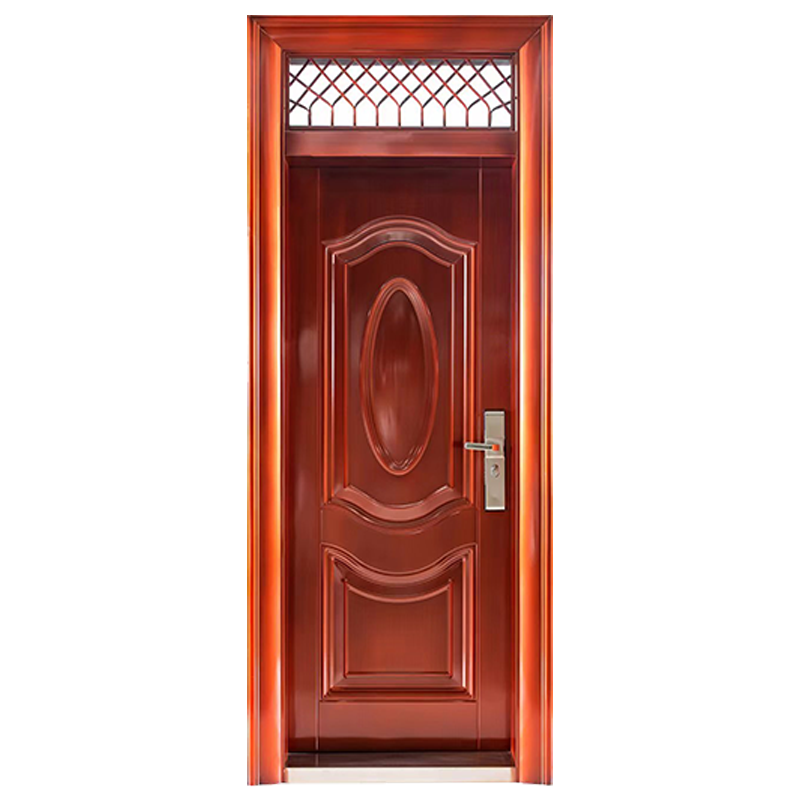Enhancing the Fire Resistance Duration of Entrance Fire Doors
Aug 23, 2024
China Custom Entrance Fire Door Manufacturing Wholesaler
The Entrance Fire Door is integral to the safety and security of any building, serving as a critical barrier against the rapid spread of fire. Their primary function is to contain the fire within a confined area, allowing occupants time to evacuate and emergency services to respond effectively. The fire resistance duration of Entrance Fire Doors is a measure of their ability to withstand heat and smoke without losing their structural integrity. This article examines the various methods and technologies that can be employed to enhance the fire resistance duration of Entrance Fire Doors, ensuring they provide improved protection in the event of a fire.
The fire resistance duration of an Entrance Fire Door is determined by several factors, including the materials used in its construction, the design of the door, and the protective measures implemented. To increase the fire resistance duration, it is essential to consider these factors and implement strategies that address each one.
The choice of materials plays a significant role in the fire resistance of Entrance Fire Doors. Traditional materials such as wood and steel have been used for centuries, but modern advancements have led to the development of more fire-resistant materials. For instance, composite materials, which combine the strength of steel with the heat resistance of other materials, can be used to create Entrance Fire Doors with enhanced fire resistance properties. Additionally, the use of intumescent materials, which expand when exposed to heat, can provide an extra layer of protection by sealing gaps and preventing the spread of fire and smoke.
Secondly, the design of the Entrance Fire Door is crucial in determining its fire resistance duration. Doors should be designed to fit snugly within the door frame, with minimal gaps that could allow fire and smoke to pass through. The use of fire-resistant seals and gaskets can further enhance the door's ability to contain fire. Moreover, the door's hinges, locks, and other hardware should also be made from fire-resistant materials and designed to withstand high temperatures without failing.
Thirdly, the implementation of protective measures can significantly increase the fire resistance duration of Entrance Fire Doors. This includes the use of fire-rated glazing, which can resist the transmission of heat and flames, and the installation of smoke and heat detectors that can trigger the door to close automatically in the event of a fire. Additionally, the incorporation of fire-resistant coatings and paints can provide an extra layer of protection, slowing down the transfer of heat to the door and extending its fire-resistance duration.
Furthermore, regular maintenance and inspection of Entrance Fire Doors are essential to ensure their long-term effectiveness. This includes checking the door's hardware for signs of wear and tear, ensuring the door closes and locks properly, and testing the door's fire resistance periodically. By identifying and addressing any issues early on, the fire resistance duration of the Entrance Fire Door can be maintained and even improved.
In conclusion, enhancing the fire resistance duration of Entrance Fire Doors is a multifaceted process that involves the careful selection of materials, thoughtful design, and the implementation of protective measures. By considering these factors and adopting a proactive approach to maintenance and inspection, it is possible to significantly increase the fire resistance duration of Entrance Fire Doors, providing greater safety and security for building occupants in the event of a fire.

 English
English 中文简体
中文简体 Français
Français Español
Español عربى
عربى





